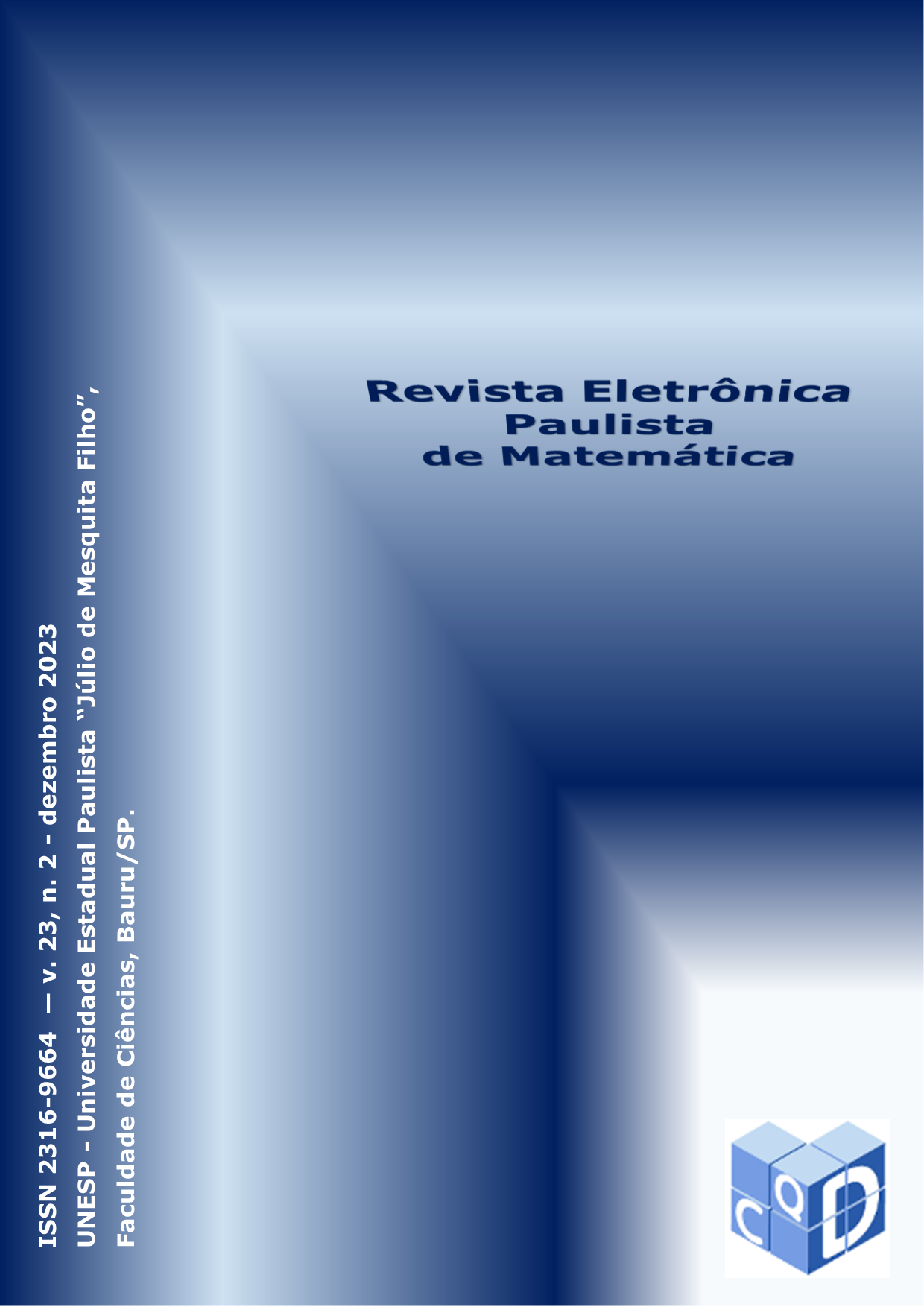Theory of Relativity: a historical motivation and the mathematics behind
DOI:
https://doi.org/10.21167/cqdv23n22023105121Keywords:
Relatividade, Simultaneidade, Espaço-TempoAbstract
The Theory of Relativity developed by Albert Einstein (1879-1955) at the beginning of the 20th century caused a revolution in the field of Physics. With this article, we seek to explain the circumstances that led to the emergence of this theory, to understand what it was based on and to develop some of the concepts related to it, such as the Equivalence Principle, simultaneity, time dilation, Space-Time Theory and the structure of light cones.
In this work, we introduce some concepts looking at the historical development that led to the Theory of Relativity and using
some mathematical tools. Differential Geometry has an important relationship with this theory and therefore, we approach it
to discuss the Theory of Space-Time, but we try not to delve into this geometry so that prior knowledge in this field is not
necessary to understand the discussions explored in this article.
Downloads
Published
How to Cite
Issue
Section
License
Copyright (c) 2023 C.Q.D. - Revista Eletrônica Paulista de Matemática

This work is licensed under a Creative Commons Attribution 4.0 International License.


